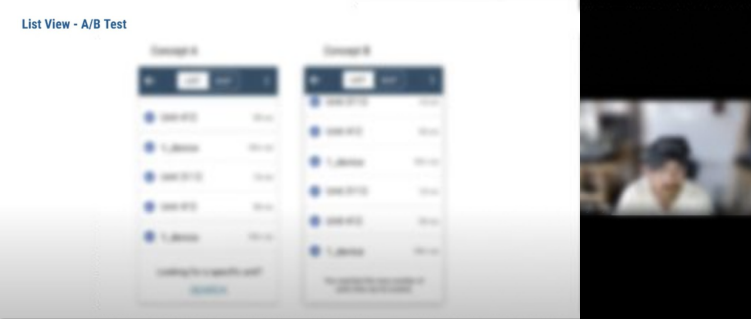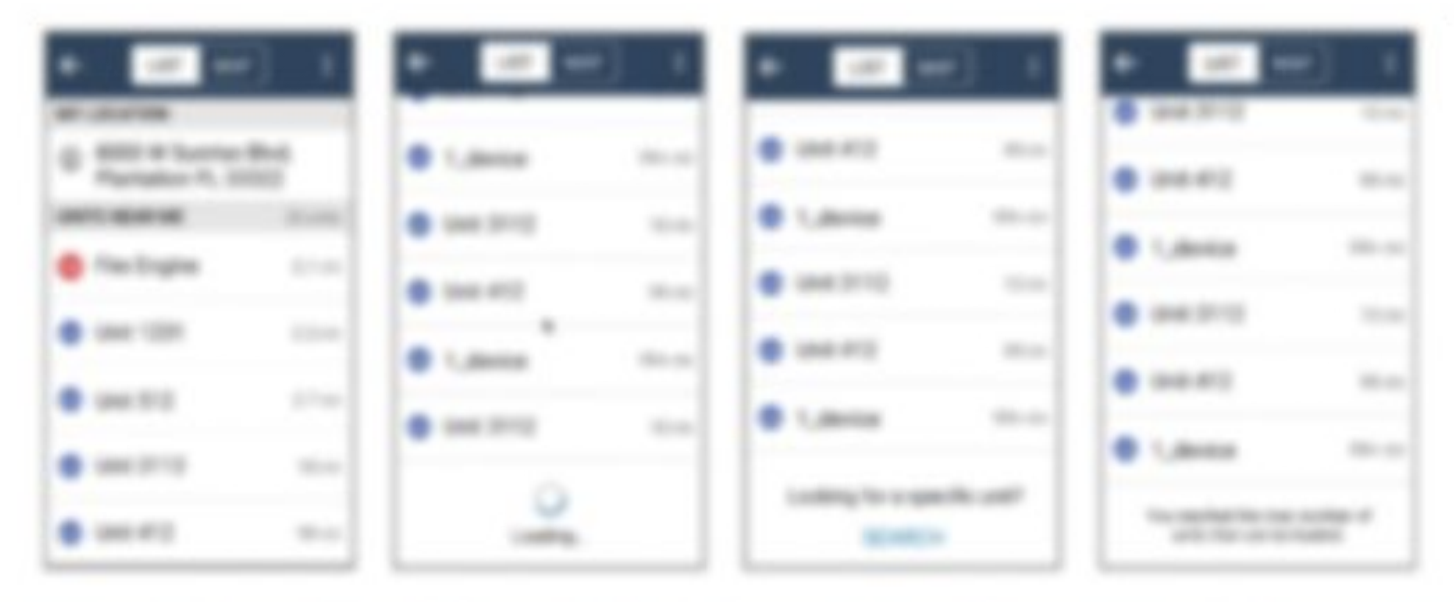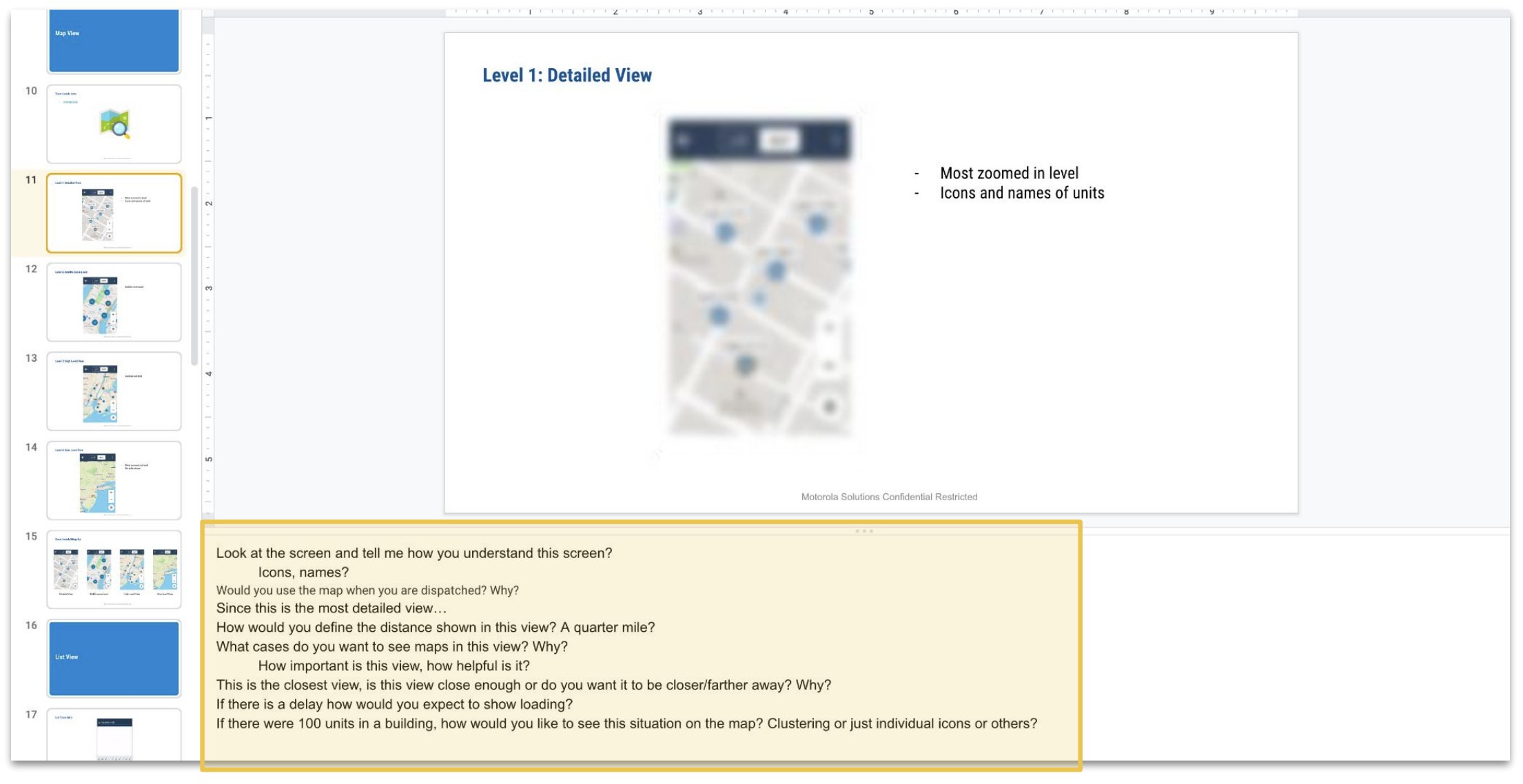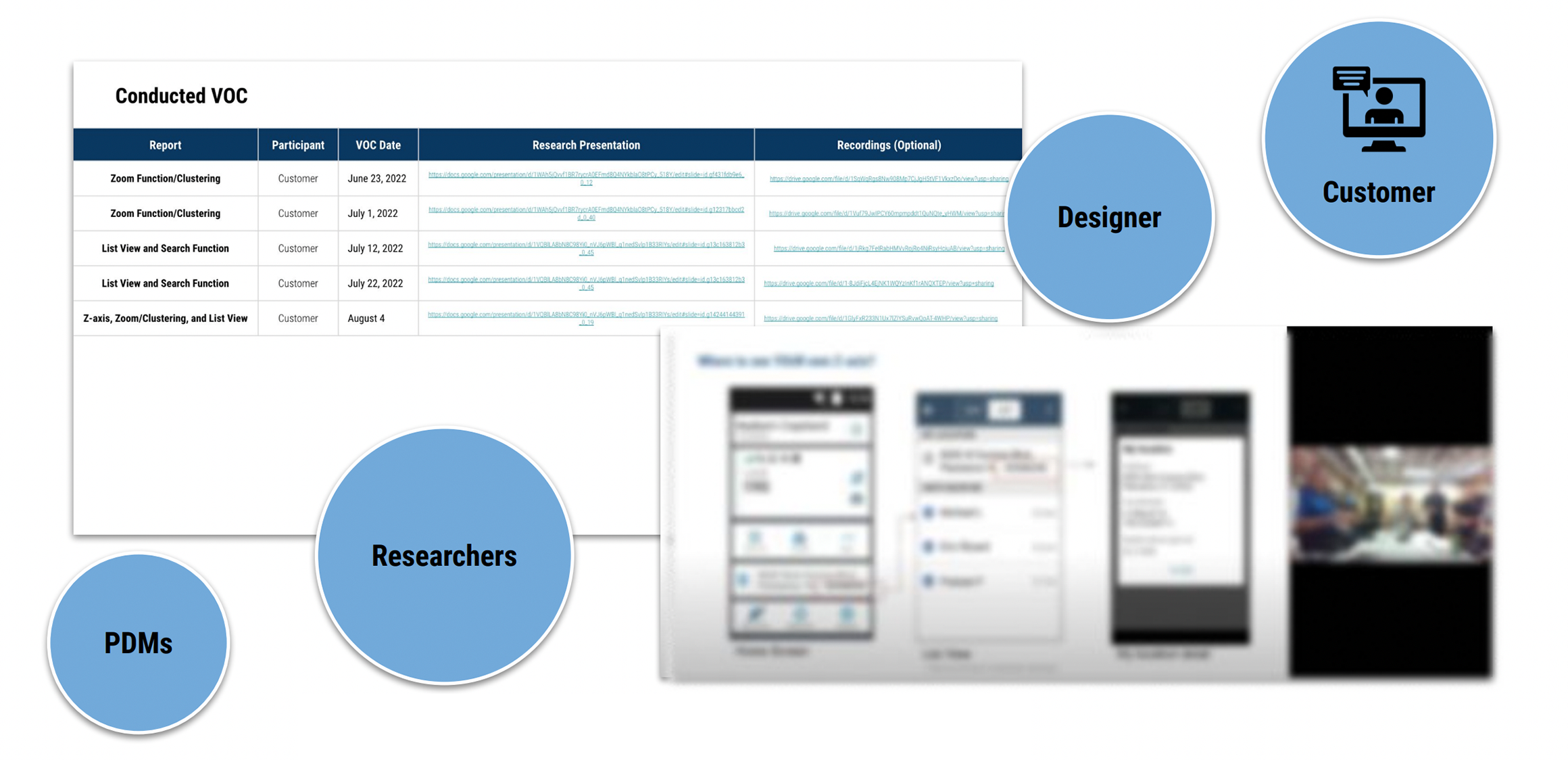MY ROLE 👩🏻🔧
Devices UX Team Intern DURATION ⏱
8 months, January to August 2022TOOLS 🛠
Figma, Sketch, JiraProblem
How can we continuously improve APX Next Radios’ messaging and mapping features while maintaining within the device’s capabilities and prioritizing the user’s experience and needs.
Solution
Working closely alongside the research, design, and engineering team, I conducted extensive UX research and designed two concepts that effectively categorized information and optimized the user experience.
Motorola Stio
As part of the Devices UX Team at Motorola Solutions, I managed and integrated weekly VOC research interview sessions into the overall design process for new and current Mapping features on the APX Next Radios and utilized an established design system.
Overview
The APX Next Radios are designed for first responders while dispatched. My objective was to design for the Map feature. Working with my team, I created design concepts for my weekly VOC research cycles and presented them to stakeholders and interviewed consumers to receive feedback for the next cycle.
Design: List View Concepts, Subscription Radius Concepts
Research: Map View Clustering, List View, Subscription Radius, Search Function, Z-axis Validation
01. Gather
I gathered the project requirements from architects and project management to begin design concepts and visualize the design direction. The purpose of the List View function is to reorganize units shown on the radio’s map into a categorized page for users to quickly access. Here are some guiding questions I used when designing the concepts:
What is the max list items to show users when they launch list view?
Is there a limit for the max scroll length/max number of units to show in list view?
Does it update cadence per second for loaded items?
What is the user trying to achieve in list view?
03. Design
Utilizing the Motorola Solutions design system, I created concepts for List View and Subscription Radius. Starting with sketches and then designing different iteration, the designs were finalized after reviewing with stakeholders and the rest of the project team. I focused on app usability while on the road, accuracy, and simplicity for our users.
↑ (Blurred for confidentiality)
↑ Brainstorming with Figjam
04. User Testing
After completing the designs, I did user testings with internal Subject Matter Experts (SME). They are our internal experts at the company and have worked in the industry. I prepared a slide deck for the interviews, specific guided questions, and managed the conversation to maximize productivity and increase possibilities for valuable insights. Conducting these SME interviews contributed to my understanding of our users goal and pain points.
↓ Screenshot of an SME interview recording. (Blurred for confidentiality)
05. Review & Document
With new insights from the SME interviews, I review my designs with my team and make any necessary changes. I make note of what users found intuitive, what they questioned, and never noticed. Finalizing the designs, I document them in the UBS slides to confirm and share for everyone.
↓ Final design concepts with interactive flows
02. Define
After fully understanding the project scope, I start to define the problem we are trying to solve through competitive analysis and concluded with a problem statement.
For the Subscription Radius Design Concept, we wanted to design a function that let users know they are viewing the limited loaded unit within that radius. With this goal in mind, I narrowed the main problems to tackle when designing and defined a problem statement:
How can we inform users that only limited units are available within this radius without disrupting the normal mapping screen flow?
01. Collect & Prepare
Finished with the design process, I collected topics from internal and external design reviews and any other helpful material to prepare slides for the Weekly Voice of Customer (VOC). The VOC cycles are modeled after the Agile Methodology. I focus on any other specific questions designers, researchers, or engineers may have for customers and prepare a research presentation document for customers. I review the slides with my team and scheduled interviews.
↑ These are questions the research team had for customers regarding the Z-axis feature on maps.
In the VOC slides, I put a concept screen on each slide and had specific questions listed below to ask interviewees. Some are guiding questions to facilitate a productive interview flow while some are more specific or open-ended.
02. Conduct Interview
During the interview, I began with introductory slides to familiarize the customer with the project and then I dived into each screen individually. As the main facilitator of these interviews, I made sure there was adequate time for customers to speak their minds and for our own team members to ask any further questions. It was important to ensure we were able to address everything on our agenda within the time frame because it was difficult to schedule these sessions.
↑ Blurred screenshot of an interview recording where I facilitated an interview with around 10 customers at once.
03. Review & Share
After conducting the interviews, I rewatched the recordings in depth and took notes on any critical information or insights. I also followed up with any remaining questions my team and I may have for the interviewees and discussed any further issues with my team. Compiling all my notes, I organized them into a User Research Presentation and updated the slides after every interview. I met with my team after each session to update them on my summarized insights and discussed about making possible design changes or adding new questions for the upcoming VOC. These insights are important in designing the most efficient and user-friendly features for our customers.
↑ Slides from the User Research Presentation (blurred for confidentiality)
Outcomes
My main focus as the Devices UX Intern was making sure I was able to contribute to the advancement of our products while maintaining the standard quality of the company. Specifically for my assigned mapping features on the APX Next Radios, in order to create new functions for this device, I prioritized my collaboration with the project managers, lead designers, engineers, and conducted thorough research to have a full understanding of our products and our users’ thoughts and usage of them. Through the internship, I was able to finalize several official design concepts for messaging and mapping on the APX Next Radios, interviewed over 15+ users for feedback and testing, and organized all my learnings into multiple slide decks to present at weekly stakeholder meetings.
My internship at Motorola Solutions through Research Park at UIUC lasted 8 months. It was a truly rewarding experience filled with challenges and satisfying outcomes. I connected with so many bright and inspiring peers and learned so much from my passionate and encouraging mentors. Thank you MS!In the beginning of my internship, it was difficult to get into the weekly VOC research process. We worked in the Agile method and everything was fast-paced and condensed. Knowing this, I made sure to ask as many questions as I needed to and paid close attention to my peers and mentors to ensure I could consume as much knowledge as I can and as efficiently as possible.
My biggest challenge was conducting my first interview and facilitating the session while managing questions and the conversation flow. It was a difficult task because it was my first time but it was exciting and I loved learning from the customers about the products and their thoughts. Knowing what I was doing will help improve the user’s experience made everything worth it!
Key Takeaways:
User research is fundamental for producing successful human-centered designs. Without thorough, extensive research, there is no valuable design.
Interviews and learning from your users may be the most insightful part of your research. There are never too many interviews to conduct.
Asking “why” was a big part of my interviews and this is a significant part of any question and using it to follow up after an answer can open more doors.
Fun Story: During my internship period, I was eating Chinatown and I saw a police officer carrying a Motorola Solutions radio which is was what I was working on and it made me feel proud and excited about creating meaningful work that is utilized to create a positive impact.

















